We built TrainOps to meet the challenges of our clients’ complex planning needs. The software incorporates the expertise of our rail professionals in vehicles, traction power, train control, and operations to bring unparalleled accuracy to the simulation of all types of rail networks.
Clients worldwide look to TrainOps for their complex simulation needs. Here are just a few common use cases of our software.

Get the details right
Design traction power systems
Unlike other software, TrainOps models trains' responses to changing voltages each timestep. This important detail protects our clients from paying for over specified systems. We use outputs of substation voltage and current, peak, feeder currents, and running rail voltage to prepare cost-effective designs that meet system requirements.
When LA Metro received operator complaints about ‘cut-outs’ on the Long Beach Loop where voltages appeared normal, Hatch applied TrainOps to determine the root source of the issues. TrainOps found that while voltages met the design criteria, the vehicle propulsion system was reducing available effort as line voltage dropped. The Hatch team worked with LA Metro to present simple solutions that could improve voltages and reduce train bunching.
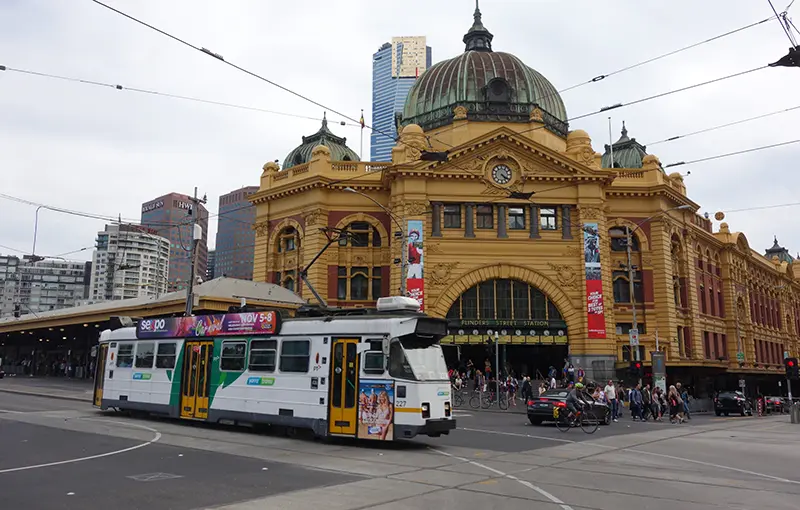
See the future
Plan your fleet
Hatch is the industry’s trusted consultant for rail vehicle procurement. Our library of pre-built simulation models allows clients to virtually trial vehicles from around the world. We use TrainOps to predict travel time savings and energy impacts (fuel or electricity), and create digital replicas of your new vehicles as you get closer to purchase. TrainOps gives our clients the power to see into the future before the first pilot car ever arrives.
Traction power and systems capacity analysis for systemwide cascade plan
Make the grade
Optimize power-to-weight ratios
TrainOps models adhesion, gradient, curvature, and distributed train weight to predict if a train can ascend ruling grades and complete trips on time.
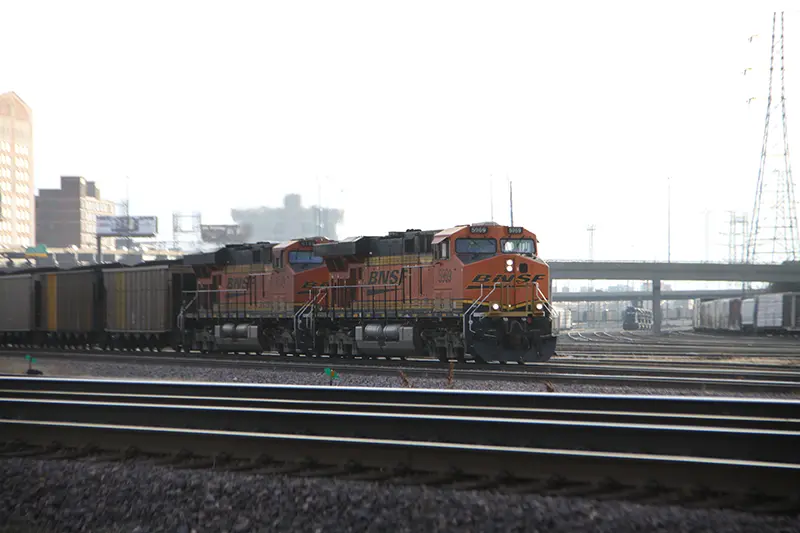
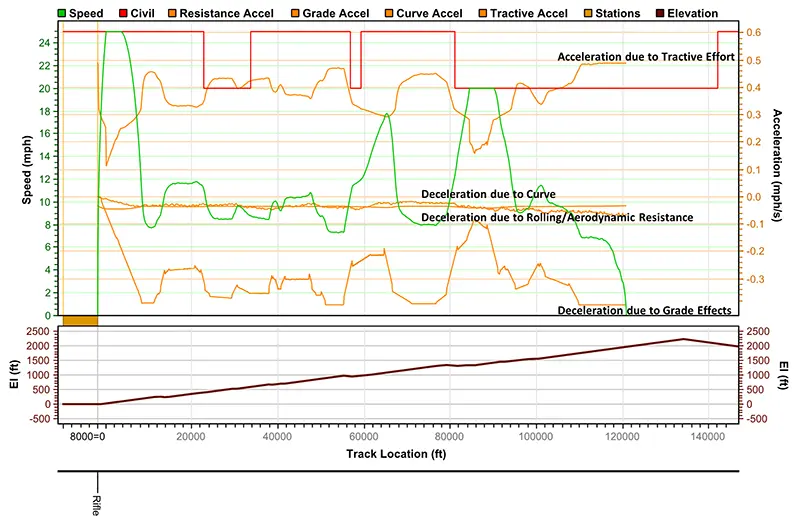
For example Hatch applied TrainOps to help our client optimize the rail payload deliverable from an important mountain mining site on the western slope of the Colorado Rockies.
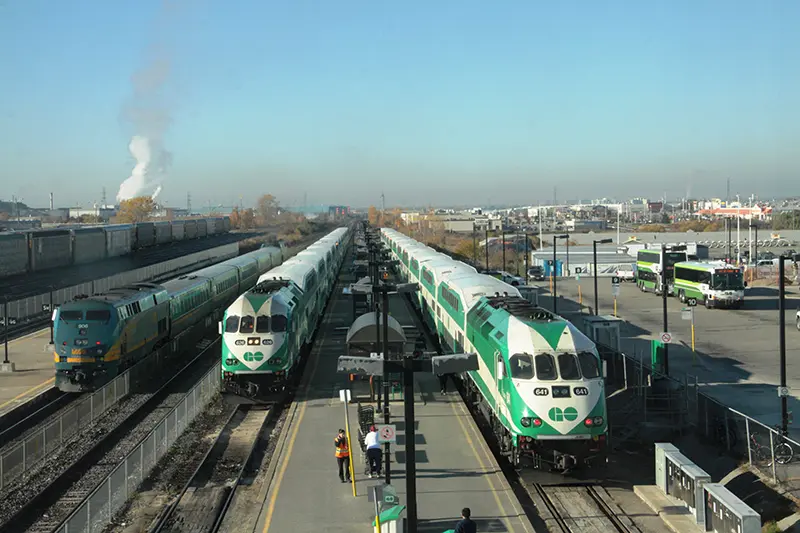
Tackle climate change
Electrification and emissions
New vehicle technologies and transit system electrification are some of humanities’ best tools for reducing our carbon footprint. We apply TrainOps models of regenerative braking, wayside energy storage, electrified networks, and battery powered trains to examine how these technologies can reduce transportation emissions. The range of technologies can be complex and our clients come to us to understand how to utilize them to meet their goals.
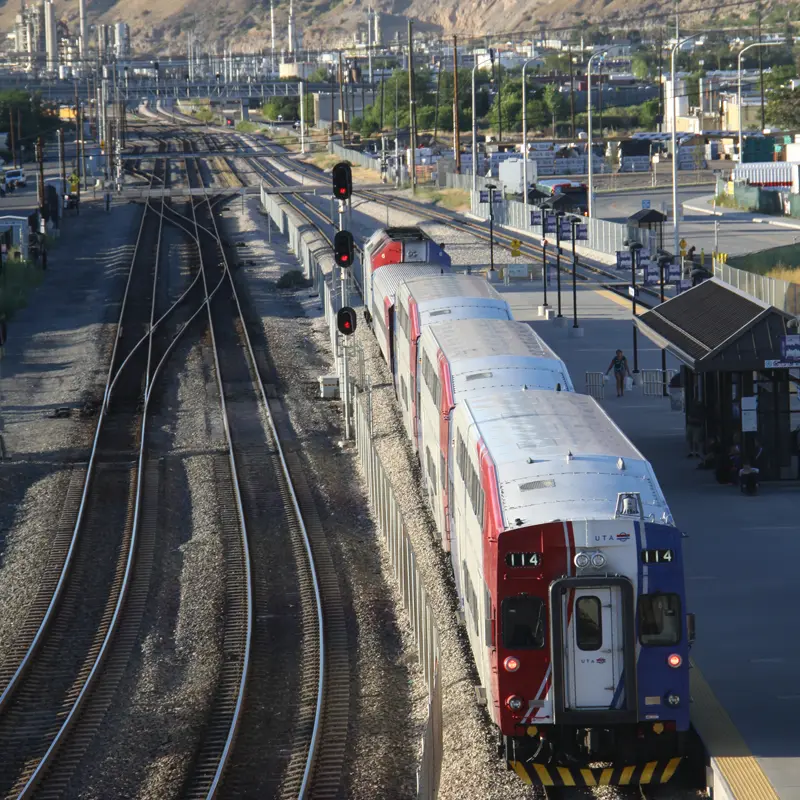
Find your way
Optimize rail lines and layouts
We rapidly model alternatives to help clients test and zero in on the perfect rail line alignments and layouts. For Utah Transit Authority, we benchmarked the capacity improvements of proposed new siding locations along their FrontRunner system.
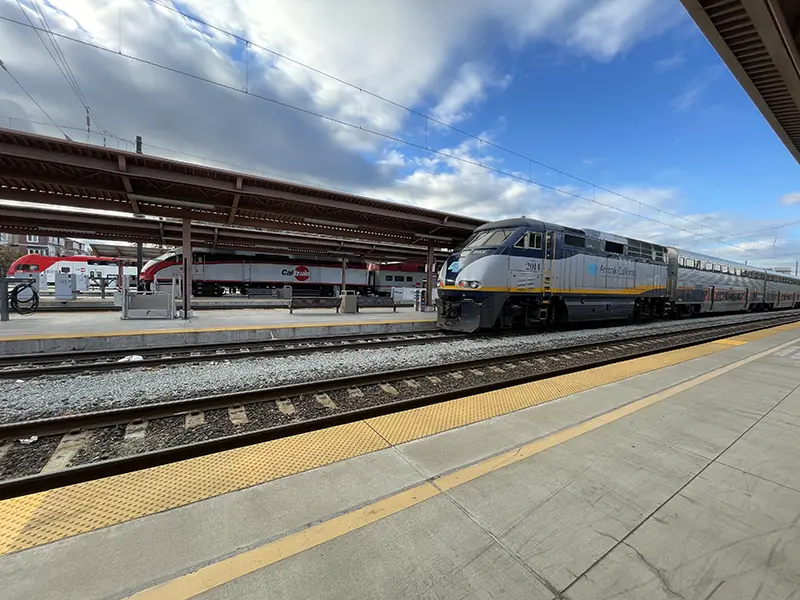
Thread the needle
Develop integrated operating plans
TrainOps supports the development and optimization of operating plans that integrate freight, commuter, and/or high-speed intercity rail services. These plans accommodate the disparate requirements of all rail operators on mixed-use corridors and, through iterative simulation in TrainOps, allow for the maximization of network capacity.
At Caltrain, Hatch guided the development of a future operations plan for electrified service that will share tracks with California High-Speed Rail (CAHSR), Amtrak, and other commuter service and freight operators. We used TrainOps to plan scheduled overtakes between CAHSR and Caltrain, coordinate freight temporal separation, and analyze terminal capacity.
San Francisco to Tamien: Electrification construction work windows development
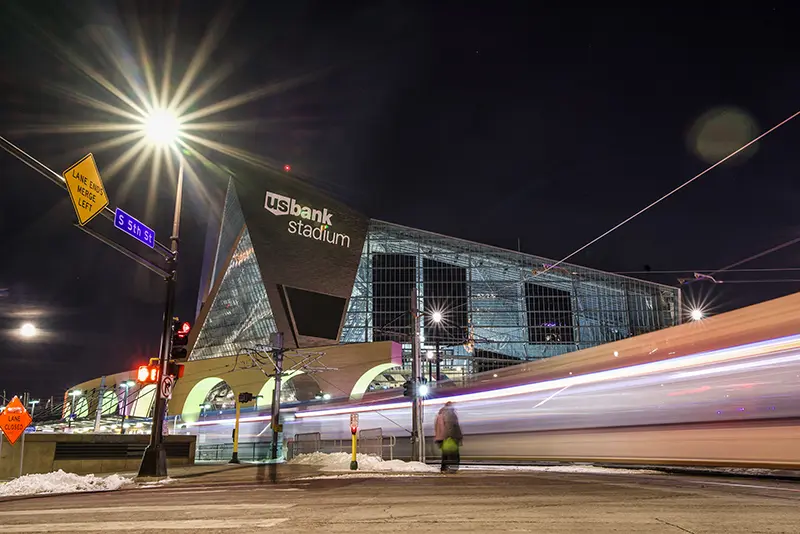
Know before you go
Analyze proposed operating plans
TrainOps can predict a future operating plan’s on-time performance, energy usage, rolling stock requirements, and its effects on the traction power system. When Minneapolis planned for Super Bowl LII in 2018, it turned to Hatch to prepare for one of the city’s busiest light-rail systems days ever. TrainOps simulations helped to understand what operations were feasible and how increased demand would affect the traction power system.
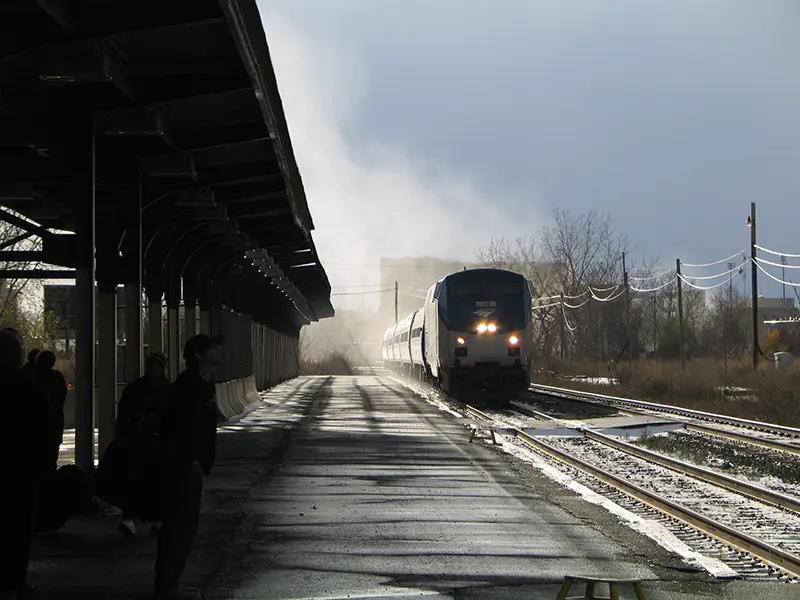
Fill in the Blanks
Alternatives analysis for NEPA environmental impact statements (EIS)
The development of an EIS is a long and daunting process, but simulation can help answer the seemingly unknowable questions about the far-off future. TrainOps results support operations and maintenance cost models, noise and vibration studies, rail-highway at-grade crossing gate downtime predictions, energy usage analyses, fossil fuel emissions levels, capacity estimates, and before and after trip times for ridership estimates.
All clear
Understanding and designing train control systems
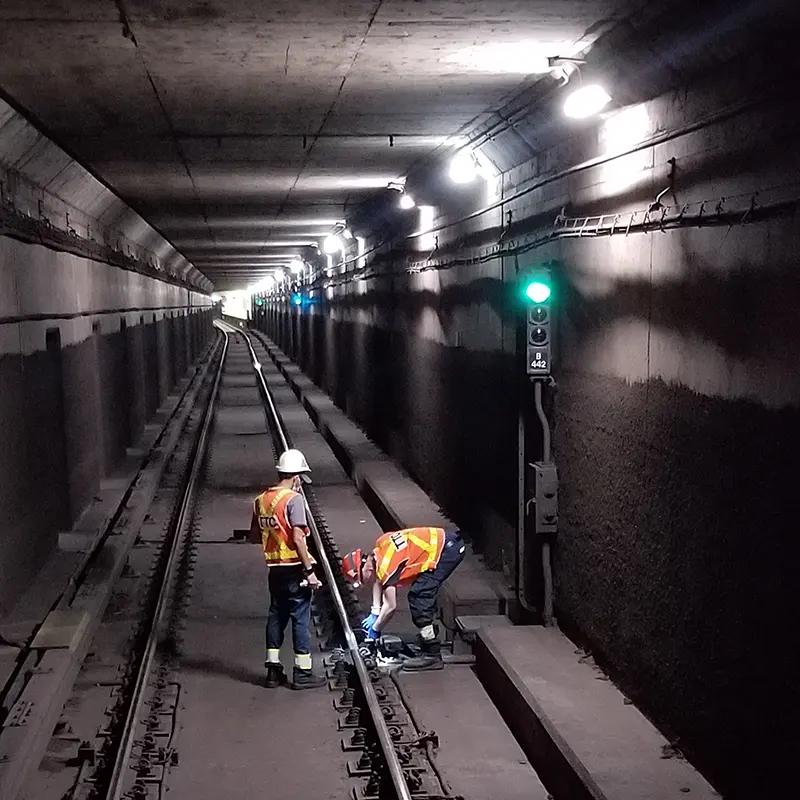
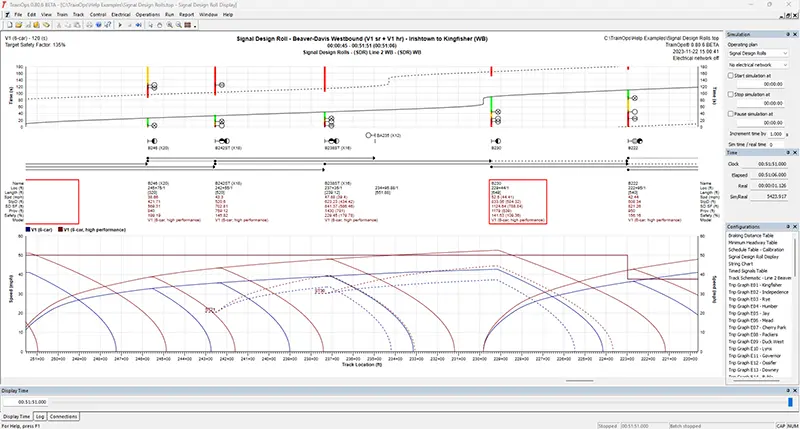
FAs train control systems become more complex, they become more challenging to understand and design. TrainOps can support signal engineers and designers to pinpoint operational impacts and expected capacity before changes are introduced into service. These includes analysis of communications based train control (CBTC), positive train control systems (PTC), automatic train control, and traditional wayside signaling.
TTC enhances rail system, decreases emissions in city centers - Technology - Metro Magazine
"TrainOps® is a tool which we use constantly. When we close a line segment due to construction work, we will use the software to analyze how we can effectively and efficiently move the service around so that the impact to customers is lessened. [The software] is very important for our track outages, for capital investment, for ridership analysis."
Kevin Gurley, former Project Manager, New York City Transit Operations Planning
